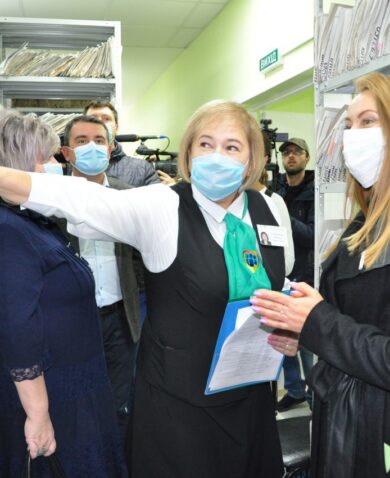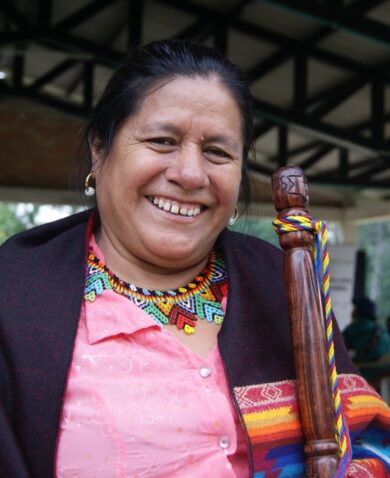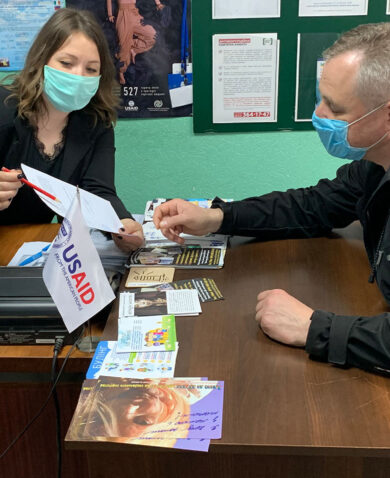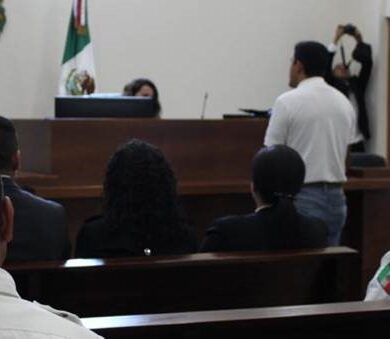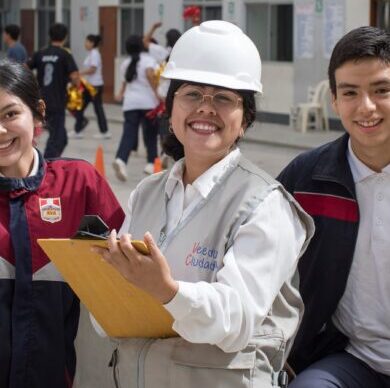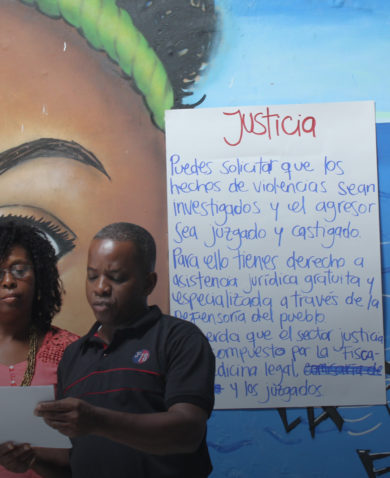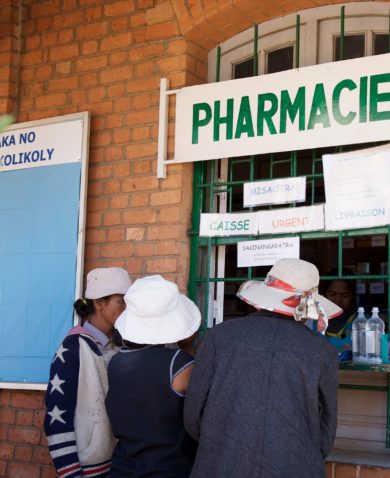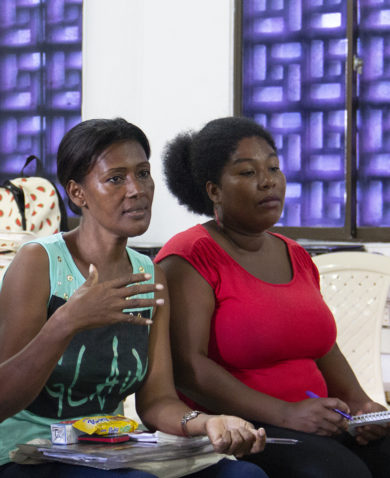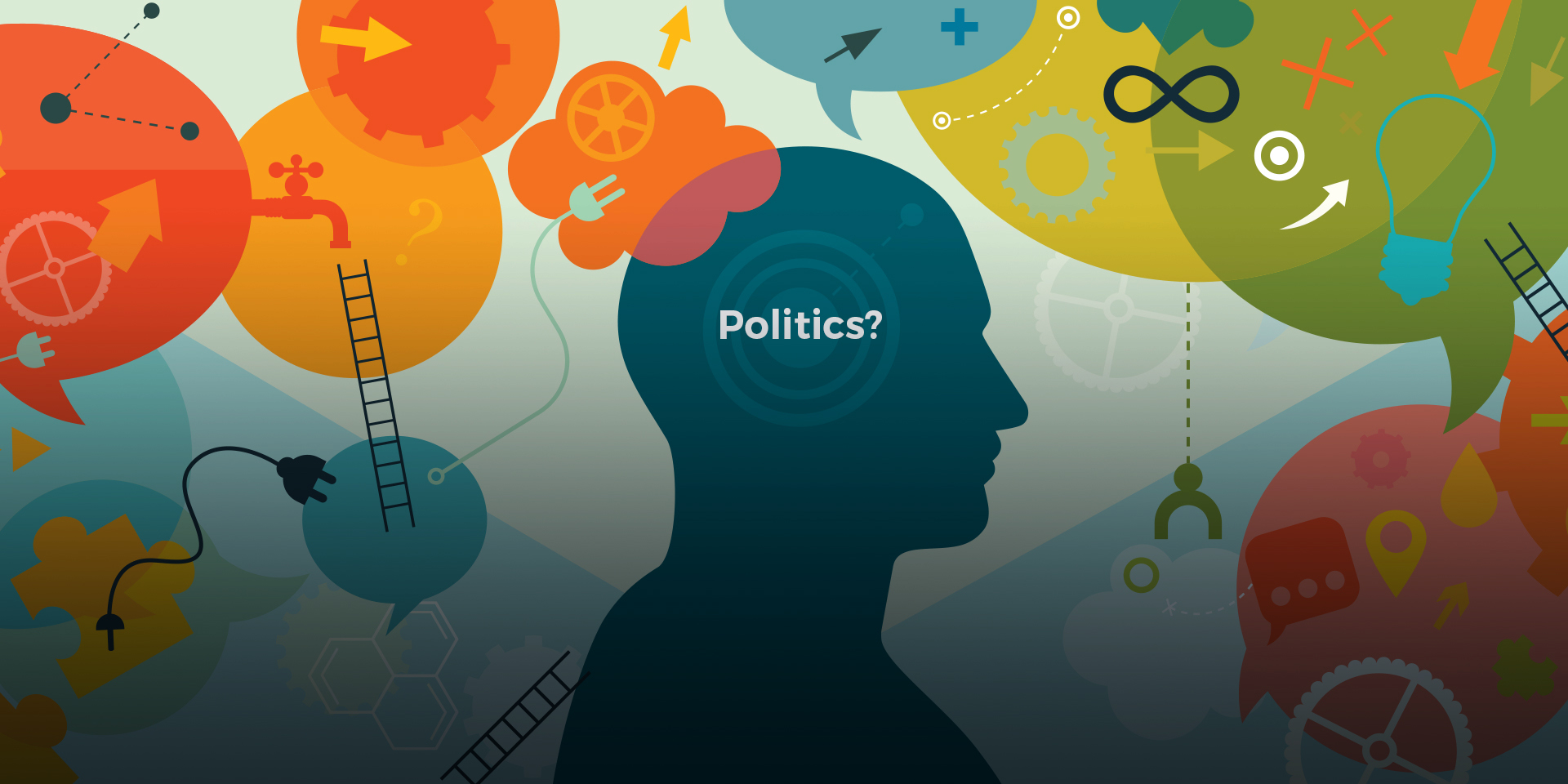
Think Your Project Isn’t Political? Think Again.
April 5, 2016 | 2 Minute ReadSharon van Pelt discusses applied political economy analysis, what it is, and why aid workers should care whether they are working in climate change, health, or democracy and governance.
All changes and reforms are driven by interests and incentives. We generally understand this and, therefore, we try through our projects to foster positive incentives and collective interests that lead to the change we want to see.
Sounds fairly straightforward, but clearly we know it is not, regardless of if we work in agriculture, climate change, health, education, or democracy and governance. Politics – that conflict and struggle for power – permeates the development activities we undertake in the countries we try to assist, often motivated by self-interests, culture, money, elites, and lobbyists. It is complicated and can be a land mine if we are not aware of the way things work locally and how best to navigate those interests and relationships in order to get the desired results.
This is the basic theory of change of USAID’s new Applied Political Economy Analysis [PEA] Field Guide (Draft Working Document, February 1, 2016): “Success is more likely if projects build on what is working well locally rather than importing foreign technical solutions.” While USAID’s PEA Field Guide is written primarily for missions to use while developing their country development cooperation strategies, we are indeed seeing more on PEAs and their use at the USAID project level, as well as in project designs.
So what is PEA, how is it applied, and why should we care? PEA is a field-research methodology that looks at not just how things happen but why they happen. USAID’s new applied PEA seeks to ensure that this analysis directly influences how missions design and implement programs, recognizing that political action is needed to get sound policies implemented. As noted in the USAID Vision for Ending Extreme Poverty, a foundation of effective governance and accountable institutions must support inclusive economic growth for poverty reduction to be successful.
We need to care about PEA because it represents a new way of thinking and working for USAID across all sectors. It is a shift in perspective. Projects and activities infused with PEA analysis do not start with a normative agenda and then provide funds to implement it. They look first at what is going on locally, what can be built upon, and what incentives can be created within the local ecosystem to get to the desired reform outcome. PEA therefore complements initiatives such as USAID Forward and Local Solutions, with its keen focus on local ownership and systems mapping, by exploring the relationships and incentives of the actors within a local system.
PEA also furthers cross-sector programming by helping to clarify social, economic, and governance forces that drive behavior (for example, in a health delivery system). PEA can be combined with other assessment frameworks, such as PEPFAR, Power Africa, and the Global Climate Change Initiatives, to understand what forces are at work for and against reform to appropriately program and motivate actors and groups towards a desired outcome. Since politics, people, and local dynamics change over time, USAID recommends that the application of the PEAs be an iterative process, carried out regularly over the life of the project.
The Thinking and Working Politically Community of Practice is growing, and USAID partners can expect to see more PEA. In the end, all politics is global.


